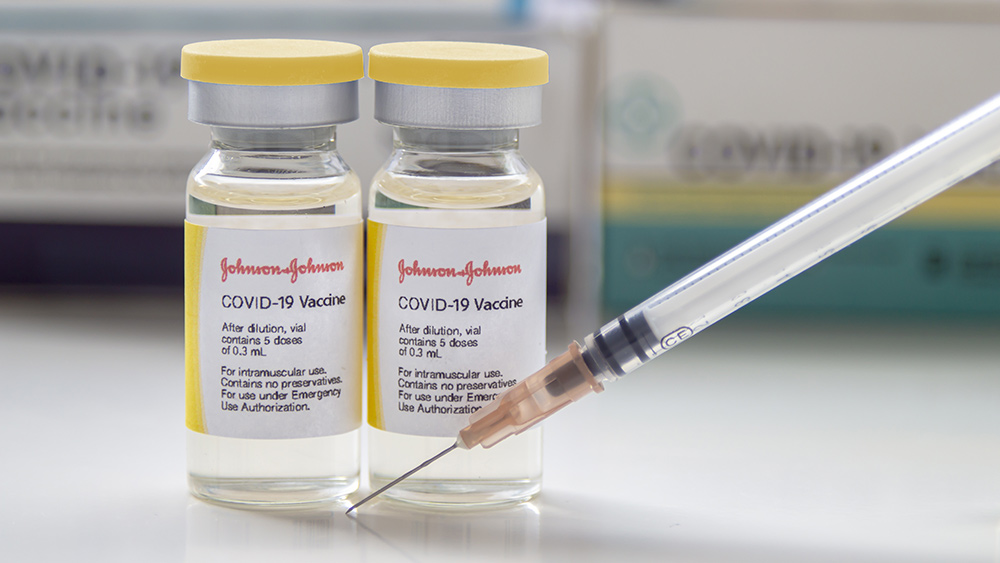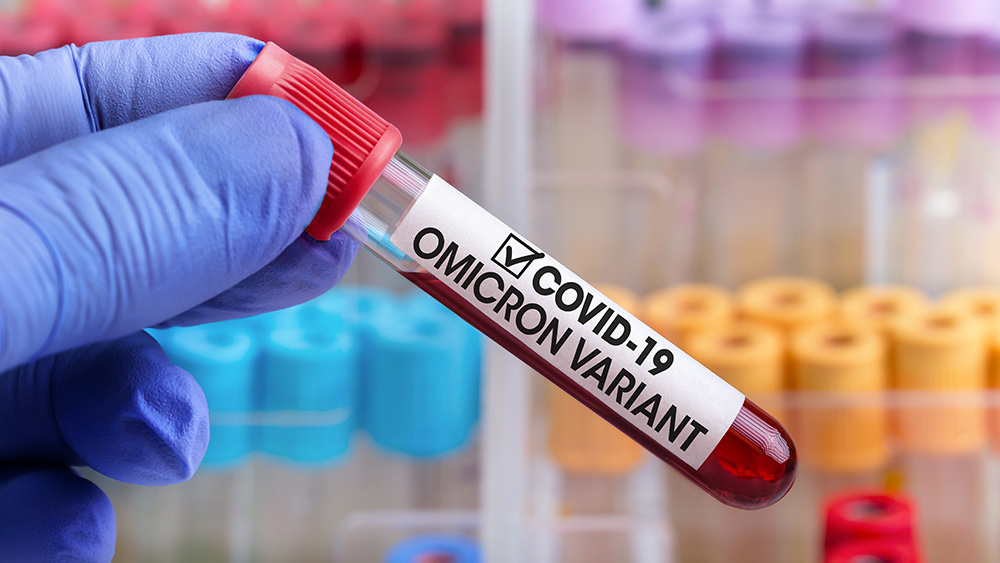Low-cost filter utilizes sunlight to remove impurities from water
12/20/2021 / By Ramon Tomey

A new low-cost filter is set to address water purification for those living off the grid. The filter — which resembles a large sponge — soaks up water but leaves contaminants such as pathogens and chemicals behind. Placing the filter under the sun allows clean water to pass through, which can then be collected for use. The team behind the water purification device touted that it delivers the highest passive solar water purification rate among other existing technologies.
The filter is the brainchild of Princeton University researchers, who looked to the pufferfish for inspiration. The university’s vice dean for innovation and the filter’s co-inventor Rodney Priestly explained that the pufferfish takes in water to swell its body when there are predators. When the pufferfish is no longer threatened, it then releases the water and deflates to normal size.
According to the researchers, their new device purifies water much more quickly than other technologies currently in use. They also cited a number of advantages the device has over its conventional counterparts. The majority of other solar-powered water filtration systems take much longer to purify the water for use. Passive filtration methods that use gravity require regularly replacing their filters. Other methods, meanwhile, call for electricity or another power source to pump water through a membrane.
The secret behind the filter is a highly porous gel possessing a honeycomb-like structure. This gel exhibits different properties depending on the temperature: It absorbs water at room temperature, but pushes the water out when heated to 33 degrees Celsius (91 degrees Fahrenheit). The highly porous gel is nestled inside two layers that block contaminants.
A dark-colored material called polydopamine (PDA) serves as the middle layer. PDA serves a two-fold purpose for the filter: It blocks heavy metals and organic molecules and converts sunlight into heat – subsequently increasing the gel’s temperature, so it pushes out water. The outermost layer consists of alginate from brown seaweed. This layer prevents pathogens and other materials from entering the innermost layer.
The solar-powered filter is definitely helpful in providing clean water to places that lack it
According to the researchers, the device can purify water tainted with various contaminants such as petroleum, lead, small molecules and pathogens. They added that the gel inside can filter water for at least 10 soaking and discharge cycles without impacting its performance. Therefore, the gel can be used repeatedly to collect and purify water.
Princeton University research fellow and co-inventor Xiaohui Xu played a key role in the development of the gel inside the solar-powered filter. She said: “Sunlight is free and the materials to make this device are low-cost and non-toxic. [So] this is a cost-effective and environmentally friendly way to generate pure water.” Xu even suggested putting the filter in a water source the night before, and then placing it under the sun the following day to generate drinking water.
During a demonstration, Xu placed the wrapped gel into the water of Lake Carnegie in the university campus. She left it to soak up the lake water for an hour. Xu then lifted the wrapped gel out of the water, set it on top of a container and put it under the sun. Pure water then trickled into the container over the next hour as the sun heated the gel.
Priestley commented on the project’s viability. “To me, the most exciting thing about this work is it can operate completely off-grid, at both large and small scales,” he said. The vice dean for innovation added that the solar-powered water filtration system “could also work in the developed world at sites where low-cost, non-powered water purification is needed.”
Previous studies have looked at the use of hydrogels and sunlight to collect potable water
Water collection and purification systems powered by the sun are definitely of benefit in places where clean, potable water is hard to access. An earlier work by researchers at the University of Texas at Austin made use of hydrogels, similar to the approach of Priestly and his team. The 2019 work by the UT Austin team also tapped the sun’s heat to trigger the hydrogels to release clean water.
The use of hydrogels that absorb water and release it upon heating has been successful in humid and dry weather conditions. But the UT Austin researchers took it a step further by utilizing the moisture in the air to create water — by means of these gels. Lead study author Guihua Yu said the hydrogel they developed can “both harvest moisture from the air and produce clean water under sunlight.” The associate professor of materials science and mechanical engineering said their system avoids intensive energy consumption as it only utilizes solar power.
Study co-author Fei Zhao added: “We have developed a completely passive system where all you need to do is to leave the hydrogel outside and it will collect water. The collected water will remain stored in the hydrogel — until you expose it to sunlight. After five minutes under natural sunlight, the water releases.”
The system may be compact, but it can produce sufficient water for an average household. Prototype tests showed that every kilogram of the hydrogel can collect and retain up to 50 liters of water.
Visit CleanWater.news to read more articles about novel ways of collecting and purifying water.
Sources include:
Tagged Under: alginate, breakthrough, Chemistry, clean water, discoveries, filtration system, future science, future tech, hydrogels, inventions, moisture harvester, physics, polydopamine, potable water, research, water contaminants, water filter, water purification, water purifier
RECENT NEWS & ARTICLES
COPYRIGHT © 2017 RESEARCH NEWS




















